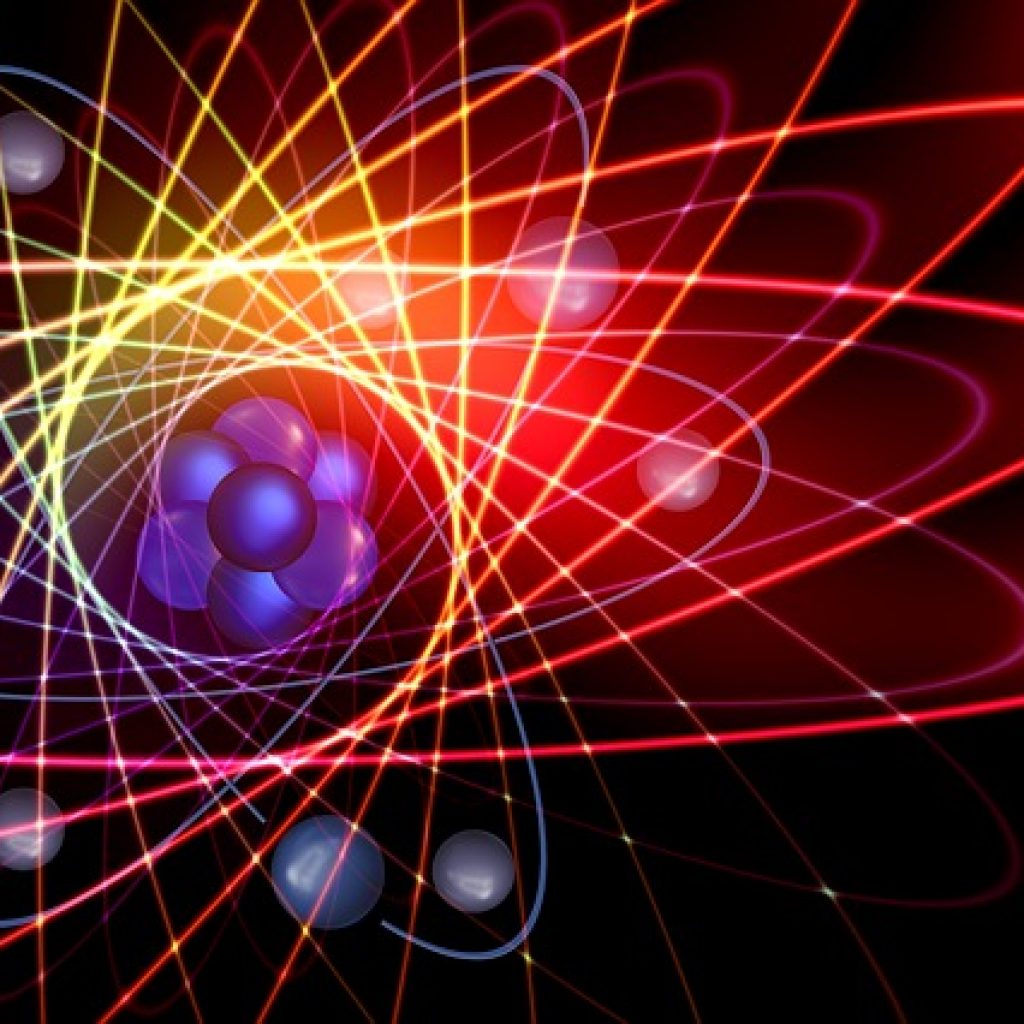(Phys.org) A research team led by Academician Guo Guangcan from the University of Science and Technology of China (USTC) of the Chinese Academy of Sciences has successfully constructed a theoretical framework of Activation-Construction-Execution-Reflection as well as a thinking mechanism model based on Overgeneralization to help students solve bound and scattering state problems in quantum mechanics education.
Education research on mechanics is an emerging field in physics. The research on quantum physics is notably appraised as “just the tip of the iceberg” by C. Wieman, a Nobel Prize winner for physics. The research team led by Academician Guo Guangcan appropriately pays close attention to and enters this emerging frontier field.
There are two schools in the field of research on physics education. One is represented by G. Parisi, a Nobel Prize winner for physics, who values statistics from the perspective of complexity science. The other one is represented by C. Wieman, another Nobelist for physics, who values empirical investigation from the perspective of pedagogy. The research team from USTC combined these two methods to do research on the thinking framework of students learning bound and scattering state in quantum mechanics by statistical analysis of 406 undergraduates from the School of Physical Sciences for a six-year duration. The team has successfully constructed a theoretical framework of Activation-Construction-Execution-Reflection as well as a thinking mechanism model based on Overgeneralization.
